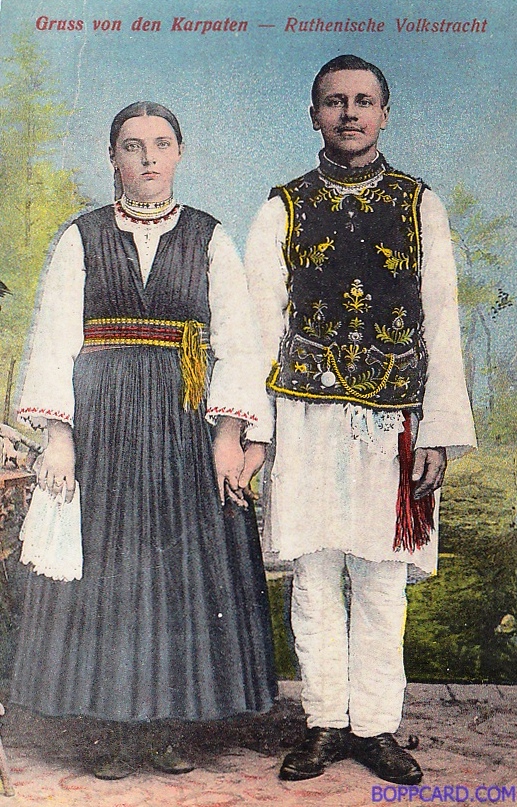THE AUSTRIAN-HUNGARIAN EMPIRE : GALICIA : CADASTRAL MAPS : HOUSE NUMBERS : GENEALOGY GEN-TIPS SERIES #4
MORE MAP RESOURCES
When AUSTRIA ruled Hungary and the southern part of now-Poland, called Galicia, the two countries were subject to modernization notions coming out of Vienna. Because of Austrian rule, census took place, maps were made, educational standards were raised (though that was easier said than done), and military service as well as taxes were demanded.
As previously mentioned, today's house numbers and the numbers on old maps from a hundred or more years ago - and mentioned on church records - are unlikely to coordinate. What's key is to find a map that shows properties on or about the time the ancestors lived in the town. We previously looked at an excellent resource called HUNGARICANA.
But there are other resources for maps.
One of the best is ARCANUM which used to be called MAPIRE. These are historical maps of Europe. The site has four categories. Maps of Europe. City maps. Country maps. And Cadastral maps.
Under Cadastral we link to ARCANUM MAPS : HAPSBURG EMPIRE
As I mentioned in my first post, which was a bit of a history lesson, Galicia - Southern Poland, parts of what is now Ukraine, and what is now Slovakia - as well as some other geographical possessions of the Austrian-Hungarian Empire (aka Hapsburg Empire) fall into one category. So maps at this site include from the HUNGARIAN, CROATION, BUDAPEST, AUSTRIAN, and UKRAINIAN archives. (To find them we may research possible German names for the same settlement.)
But, you may be surprised to learn that our very own LIBRARY OF CONGRESS HAS A WONDERFUL ADVISEMENT AND COLLECTION. You can go right there at this link:
LIBRARY OF CONGRESS : AUSTRIA HUNGARY CARTOGRAPHIC RESOURCES EASTERN EUROPE
Excerpt: As Empires go, that of Austria Hungary was among the briefest, having lasted only form 1867 to 1918, nevertheless, its constituent nations served as major sources of emigration to the Unite States in the late nineteenth and twentieth centuries.
All posts in this series have the tab Austrian-Hungarian Empire - Gen Tips
C 2024-2025 Magyar American BlogSpot - All Rights Reserved including Internet and International Rights





